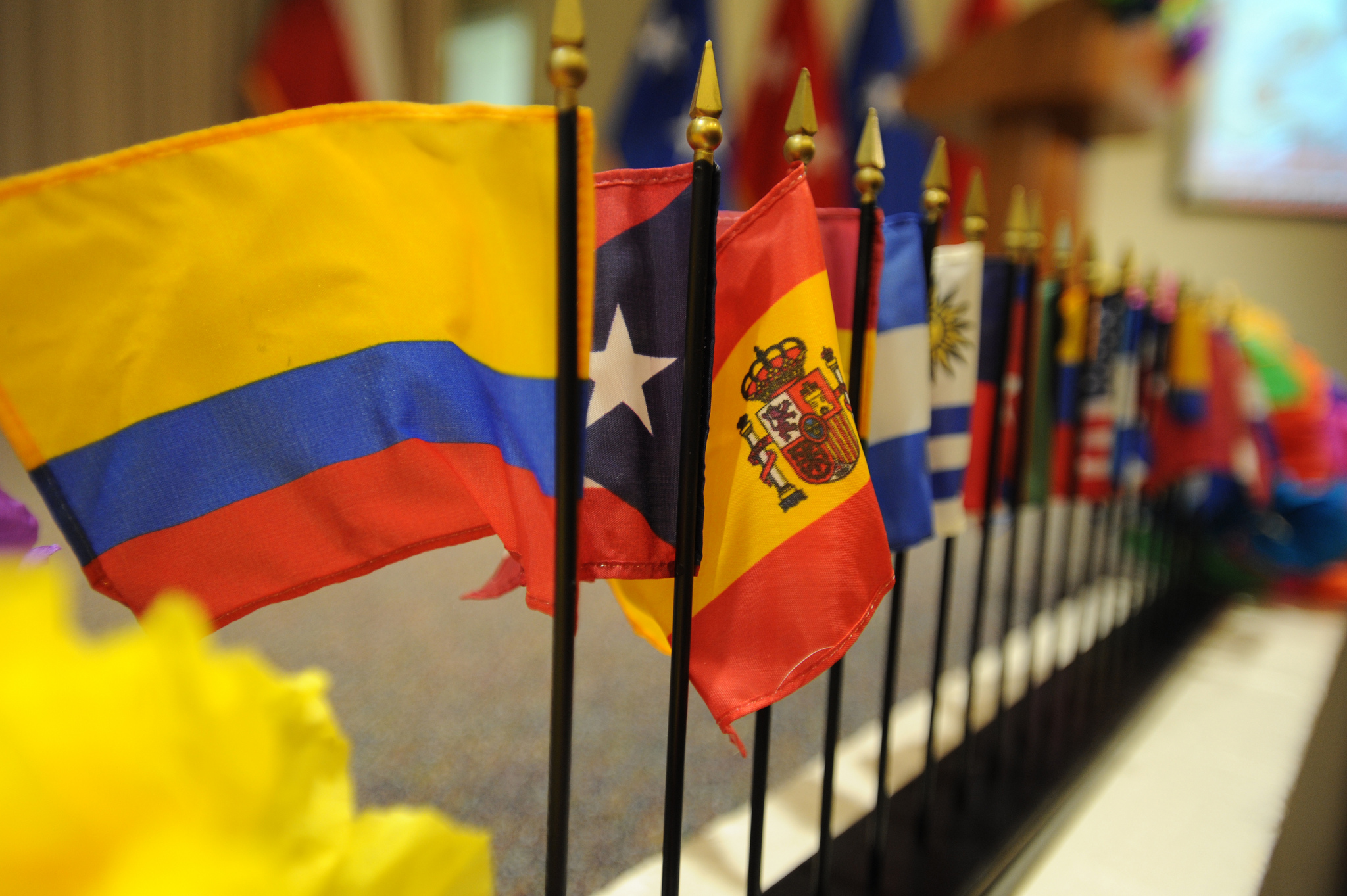Celebrations for Hispanic Heritage Month begun nationwide on September 15, and will continue until October 15. It’s a period to recognize the contributions of Hispanics and Latinos to the country, and celebrate the group’s heritage and culture. But who exactly is a Hispanic person? And what’s the difference between being Hispanic and Latino?
As an Argentinean immigrant with Italian, Spanish and Irish roots, I myself have pondered this many times. So I took to the streets of the University of Texas at San Antonio (UTSA) and asked students what these terms meant to them.
On top of a couple of quizzical looks, I got some answers.
“Well it’s someone with heritage from Spanish-speaking cultures or countries, maybe?” says one student who studies mechanical engineering.
“Hispanic to me is pretty much your background and Latino’s pretty much a standpoint for maybe in politics or something like that?” says another student, a Junior studying Biology. “So it’s different from ethnicity.”
It’s a complicated dialogue, and there’s no right or wrong answer. Associate professor Omar Valerio-Jimenez, who teaches history at UTSA, says the term Hispanic refers to people who have ancestry in Spanish-speaking Latin America, the Caribbean or Spain. That excludes Brazilians, who speak Portuguese. Latino refers to people who have ancestry in Latin America, which includes Brazilians but does not include Spaniards and or people of the Caribbean.
“Where they start to differentiate are people that maybe start to think Hispanic is too, kind of, Euro-centric,” says Aida Ramos, Assistant Professor of Sociology at UTSA. “Versus the Latino part, has like room, more space, for roots from other places.”
Ramos says the term Hispanic was first seen on the U.S. Census around 1980, after various groups of Puerto Rican, Cuban and Mexican-American activists put pressure on the government to develop their own categorization, in order to gain political recognition. Up until then, in official U.S. government documents, Hispanics were often grouped with whites.
“Look, in order to know whether Latinos have lower paid jobs, whether they have lower incomes, we need to actually measure them separately from whites,” says Ramos.
Then came the term Latino, as a reaction to the government initially defining the social group, but it wasn’t seen on the census until the year 2000. Neither term, however, is used outside of the U.S. Even within the country, definitions vary by region and generation. For example, recent immigrants are less likely to identify as Hispanic or Latino because it’s a label that’s been imposed on them only after moving to the U.S.
“I think both terms, Latino and Hispanic, obscure many differences,” says Valerio-Jimenez.
These two umbrella terms are used to refer to people from dozens of countries, all with their unique history and set of traditions. Hispanic and Latino people can be white, black, indigenous, Asian or biracial. But although technically, the terms refer to a person’s ethnicity, Valerio-Jimenez says race can play a role in how someone identifies.
“Definitely, I think, there are going to be differences in terms of whether people identify as Hispanic or Latino based on what their perceived race is, or how they feel identified racially,” he says.
“Particularly within the Puerto Rican communities, Dominican communities, there is active negotiation in the way they have to categorize themselves,” Ramos adds. “Whether they see themselves as African-American, as Latino, as black, or as both.”
If you were going for an easy answer to the definition of Hispanic, or Latino, perhaps the best answer is to say “it’s complicated.” Ramos believes it’s important to acknowledge how diverse the group is, and to consider someone’s country of origin when creating surveys and questionnaires. But perhaps we should embrace the messiness, in tribute to the complex human beings that we are.















